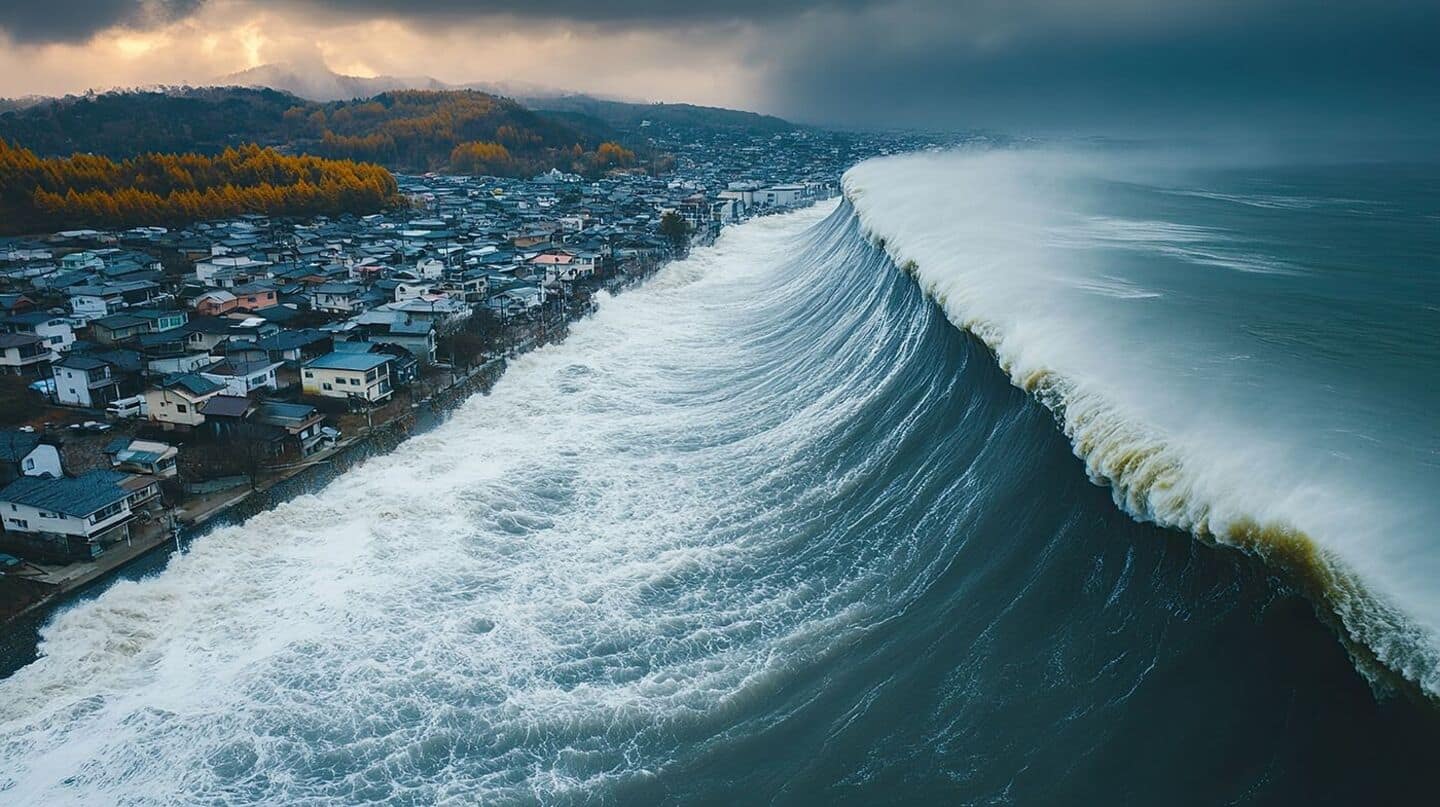
Experts warn of 1,000-foot-tall 'mega tsunami' that could drown millions
What's the story
A new study has warned of a potential "mega tsunami" that could devastate communities in Alaska, Hawaii, and the United States West Coast. The research, published in the Proceedings of the National Academy of Sciences, indicates that an earthquake on the Cascadia subduction zone could trigger this disaster. This fault line runs from Northern Vancouver Island to Cape Mendocino in California.
Earthquake threat
Cascadia subduction zone poses significant risk
The Cascadia subduction zone is one of North America's most seismically active regions. Virginia Tech researchers found that a major earthquake here could sink coastal land by up to 6 1/2 feet. The fault line has a 15% chance of producing an earthquake with a magnitude of 8.0 or higher in the next five decades, making it a serious concern for residents and properties in Northern California, northern Oregon, and southern Washington.
Other risks
Alaska and Hawaii: Landslide and volcanic threats
Alaska is also prone to landslides due to its rugged terrain and frequent earthquakes. Climate change is further destabilizing land by melting glaciers. In Hawaii, the risk of mega tsunamis from collapsing volcanoes remains high. Volcanic islands like those in Hawaii have a history of such events, with a 1,000-foot wave hitting Lanai about 105,000 years ago.
Volcanic activity
Hawaii's active volcanoes heighten tsunami risk
Hawaii's active volcanoes, especially on the Big Island's southeast side, pose a significant risk. Volcanoes grow by layering lava, which can create unstable slopes. The Kilauea volcano has been particularly active, ejecting lava for months, with its latest eruption ending on May 16. However, the study's authors also noted that no earthquake with a seismic magnitude greater than 8.0 had occurred in the region since January 26, 1700.